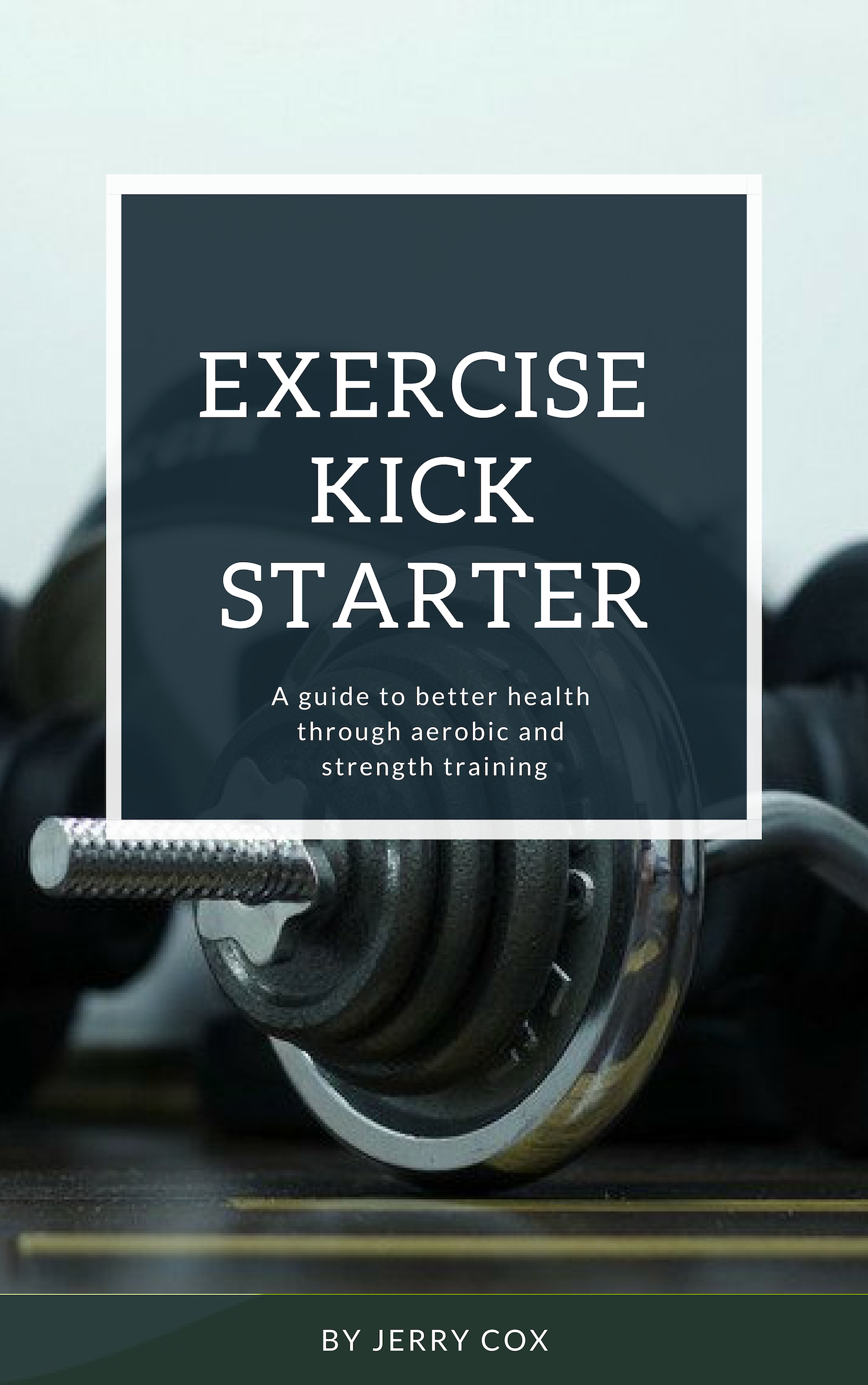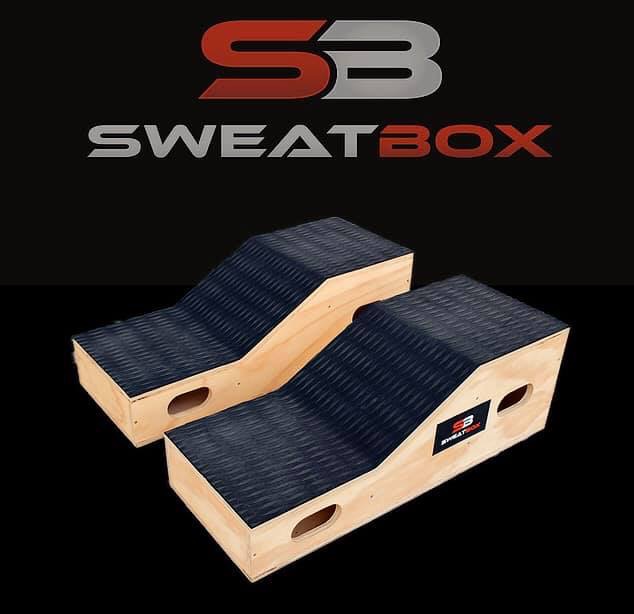What Is Best: LSD, HIIT, Or NEAT For Your Health?

Have you ever felt the answer you were seeking was in front of you the whole time? It is blankly staring you in the face and you would not allow yourself to see it. The answer to improved health has been right before our eyes for ages.
In fact, Hippocrates was the first physician to prescribe activity based exercise. Humans were made for movement, yet historically we have reduced the need for work and movement based activities. Interestingly, this has been noted time and again. For instance, a study by Morris found that a sedentary bus driver compared to his active conductor had higher incidence of disease states.
And still, we continue to live sedentary lives while hoping for a magic cure to the horrific diseases we face today. It is time to revalue our health. Let’s start by adding exercise and activity back in our day. Here are 3 methods to bolster your health profile.
1. High Intensity Interval Training (HIIT)
HIIT utilizes intervals that alter between high intensity and light exercise or recovery periods. Moreover, the intervals are short in duration. For instance, intervals can be between 5 seconds to 8 minutes. These short intervals can be beneficial to those strapped for time. Additionally, the short burst activities can keep your exercise interesting and thus, help you stay motivated. HIIT workouts have been noted to enhance cardiorespiratory fitness, attenuate metabolic risk factors, and bolster fat utilization and weight loss. A good strategy is to do 4 sets of 4 min intervals at 85-95% of your Target Heart Rate with 3 minute light exercise recovery intervals in between. You can do this 2-3 days per week.
2. Long Steady Distance (LSD)
LSD is typically referred to as a form aerobic training. This type of training is great if you like to explore the world around you while improving your health. Due to the low to moderate intensity, your LSD expected time can be 40 minutes or more. This type of exercise enhances your cardiovascular system and of note, a chronic adaptation is the higher use of fat as fuel. To best add this to your workout routine, find the aerobic exercise you enjoy. Adding 3-5 days per week of this activity. Furthermore, this activity is also ideal if you are just starting a program.
3. Non Exercise Activity Thermogenesis (NEAT)
NEAT are all the activities minus eating, sleeping, and structured exercise. Therefore, NEAT are all those extra movements we do daily. Some of these we think about and others are unconscious. However, these movements are essential in your total caloric expenditure. In fact, the bulk of our activity in a day comes from NEAT. This is also the most variable component of caloric expenditure due to occupation, environment, habits, and hobbies. As such, one can burn around 270 to 475 kcals per day with NEAT. NEAT has been observed to be a factor in weight maintenance. For instance, lean sedentary individuals are standing or moving for 2 ½ hours longer per day than an obese individual. Adding more NEAT to your day can provide reduction in the risk of developing Metabolic Syndrome and cardiovascular disease risks. A good way to add more NEAT is to stand more throughout your day. Standing alone increase your caloric expenditure by roughly 10% versus sitting.
In the end, the key to get the most from your workout routine is variation. In fact, our bodies draw on various energy pathways. And, if we do not target all areas, our bodies will not be primed to function at its upmost. Combine high and low intensity workout to your day, but most importantly, just move. Rise and shine, my fitness friends!


